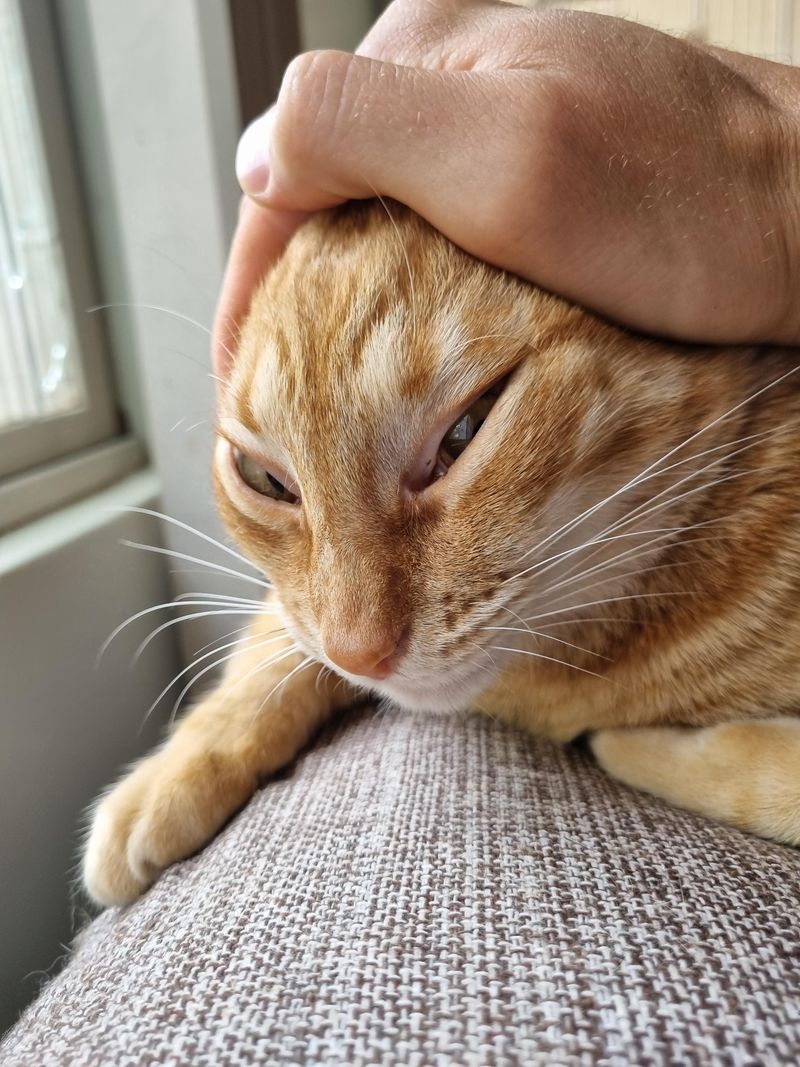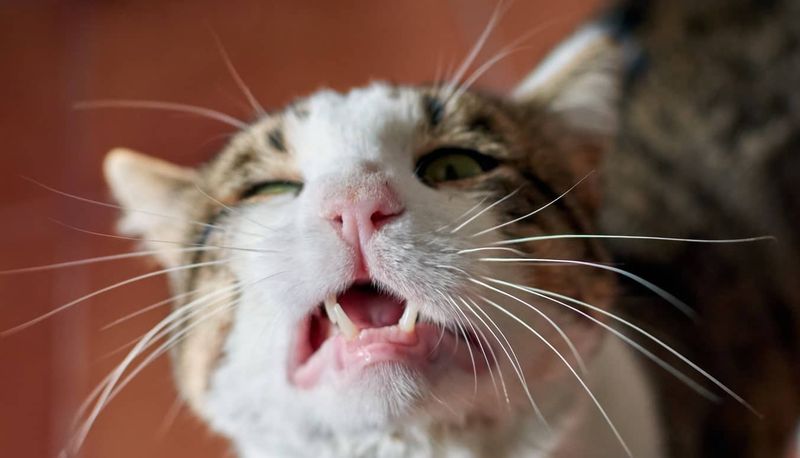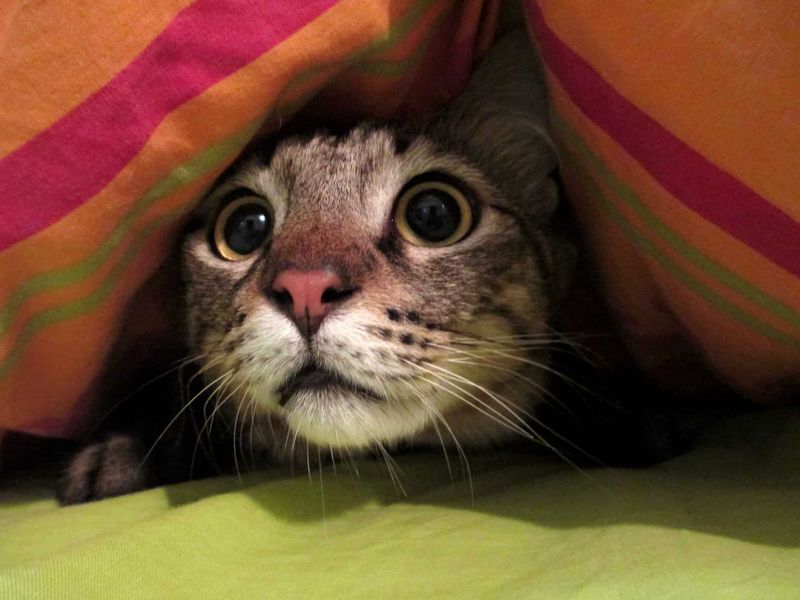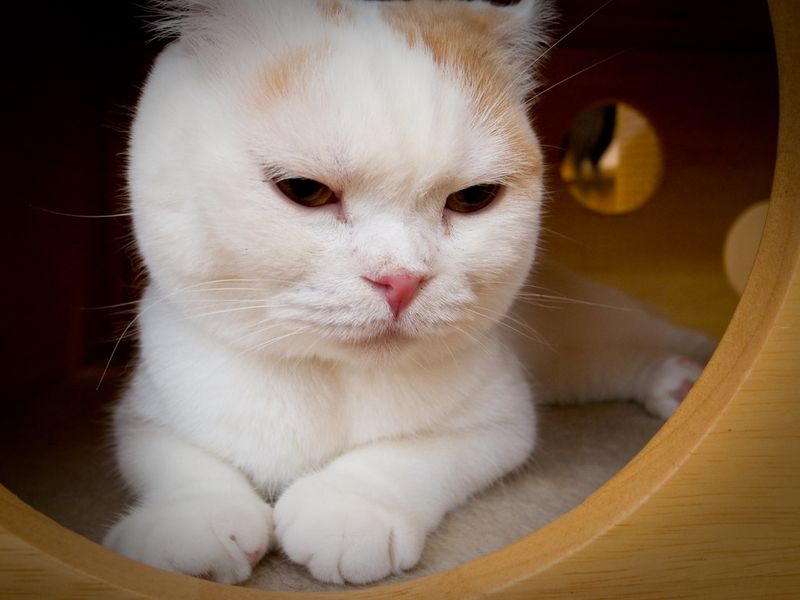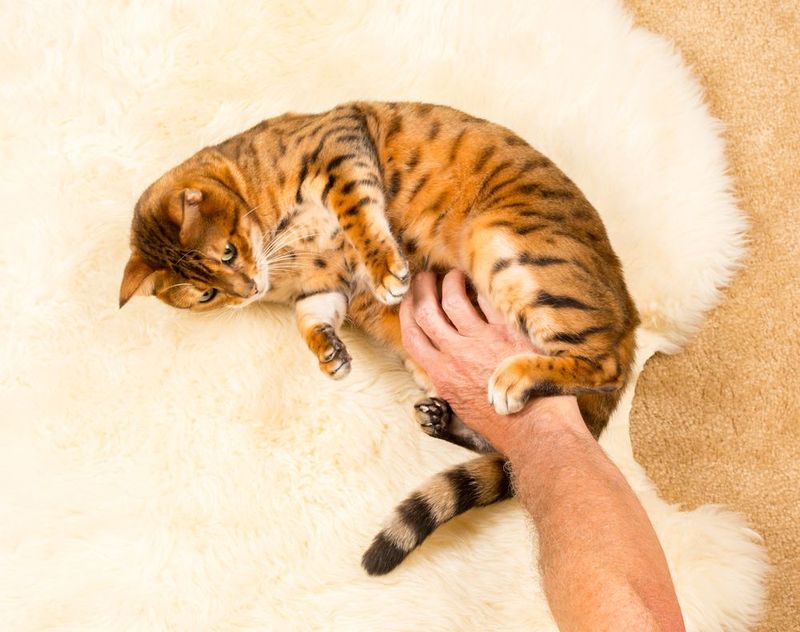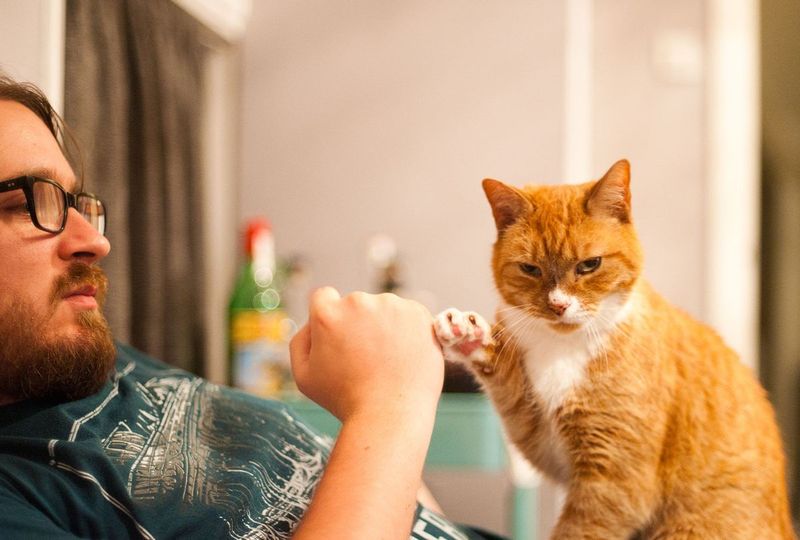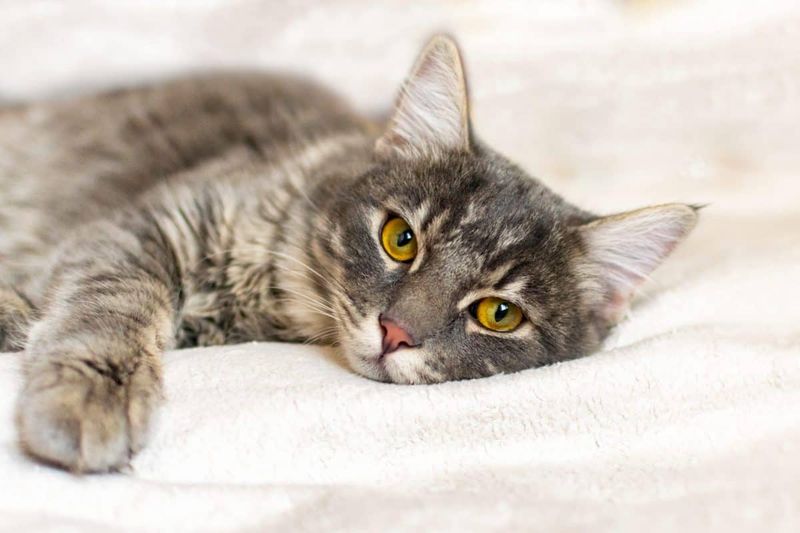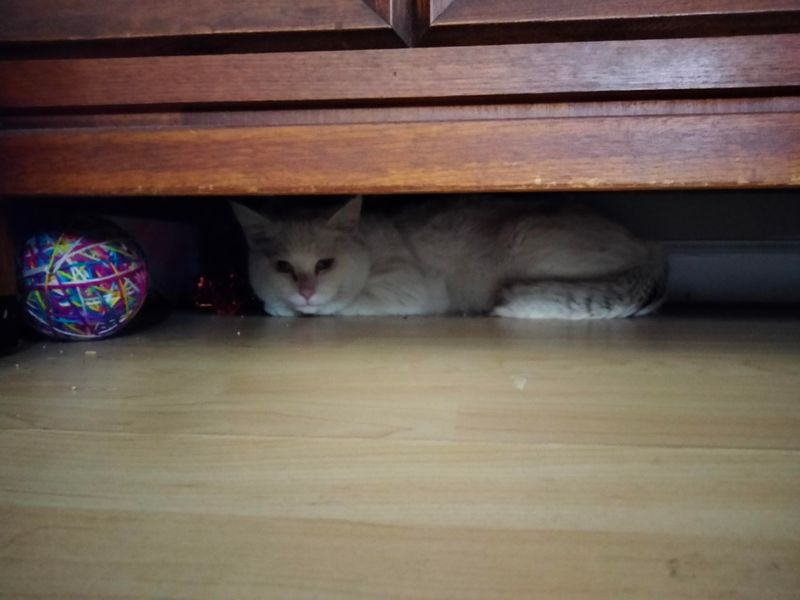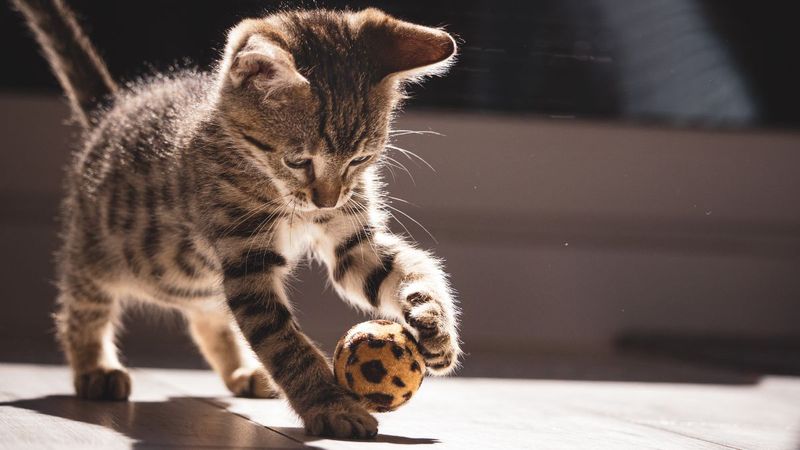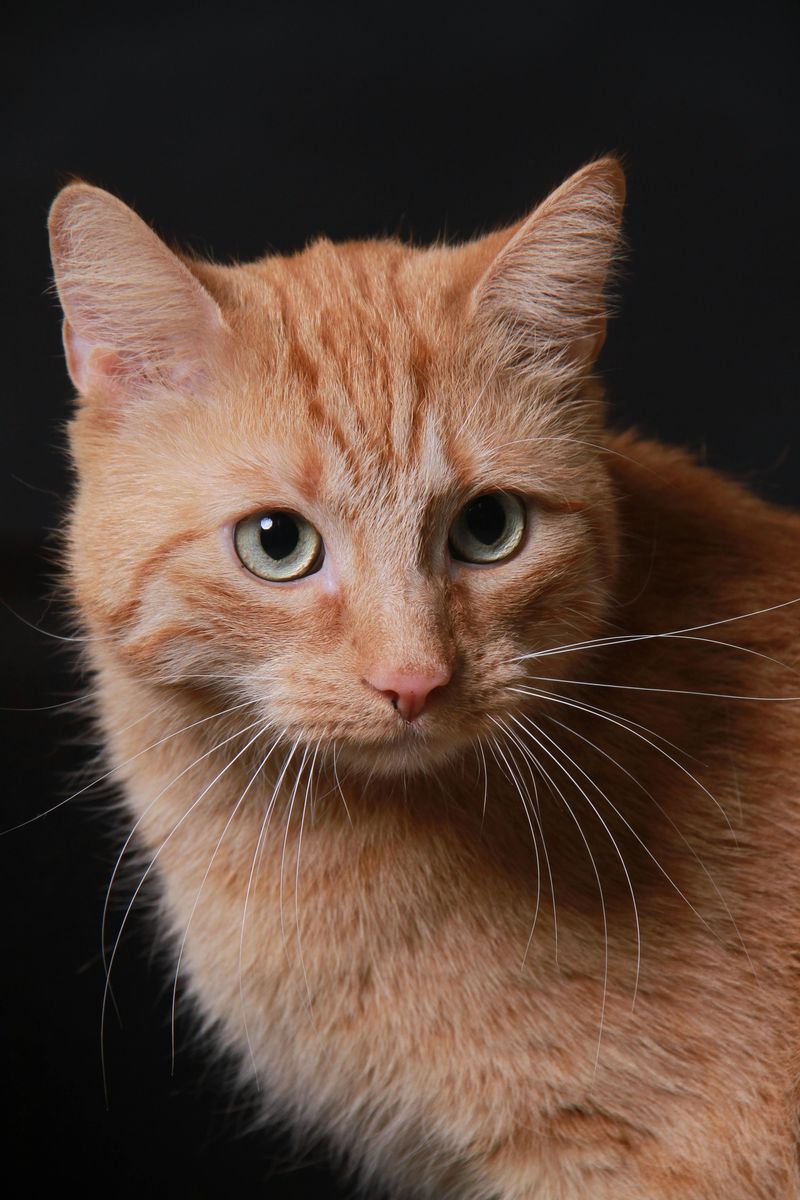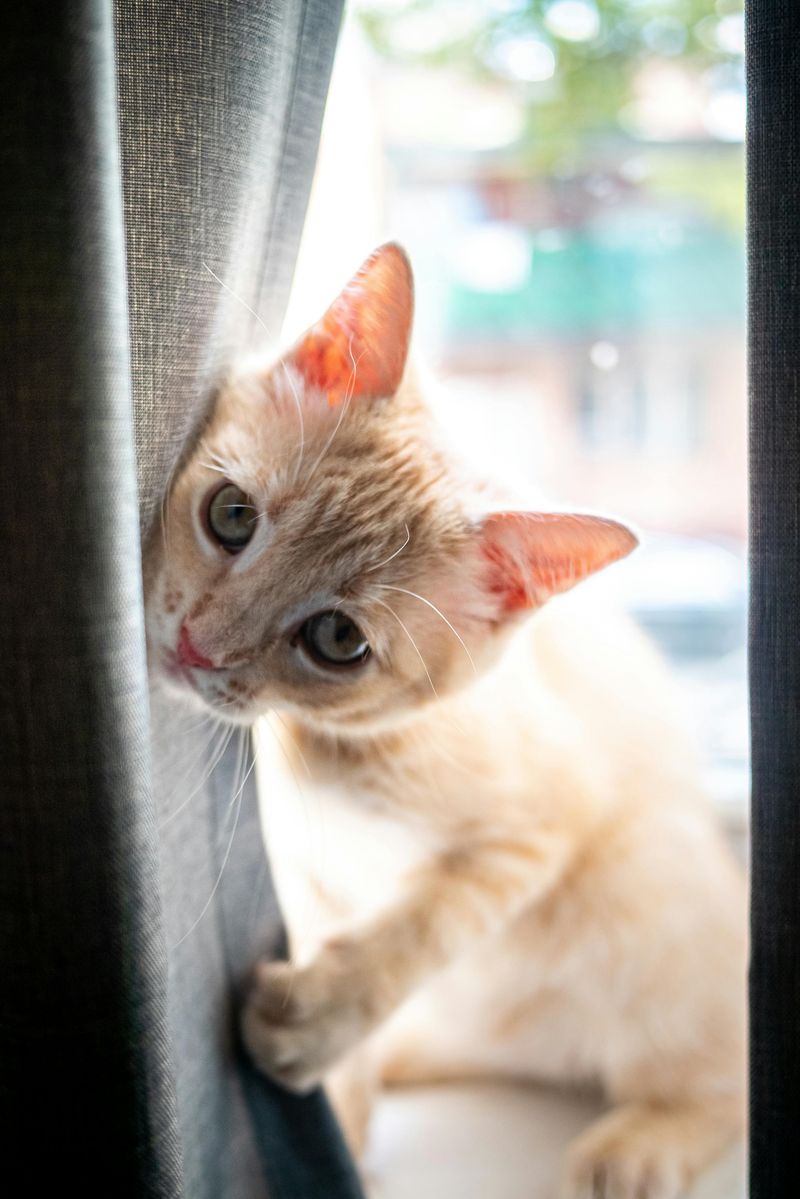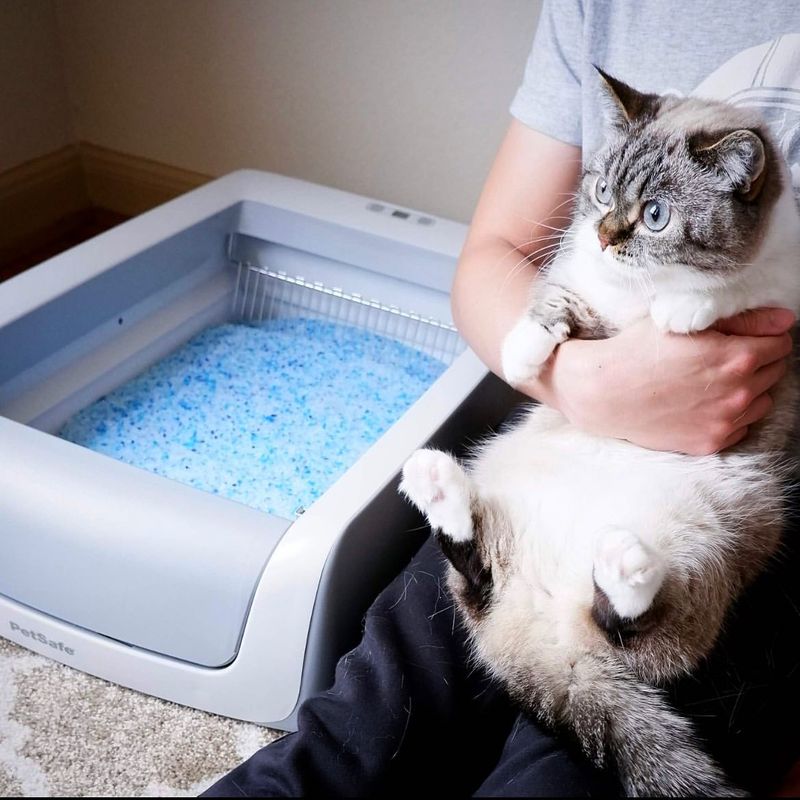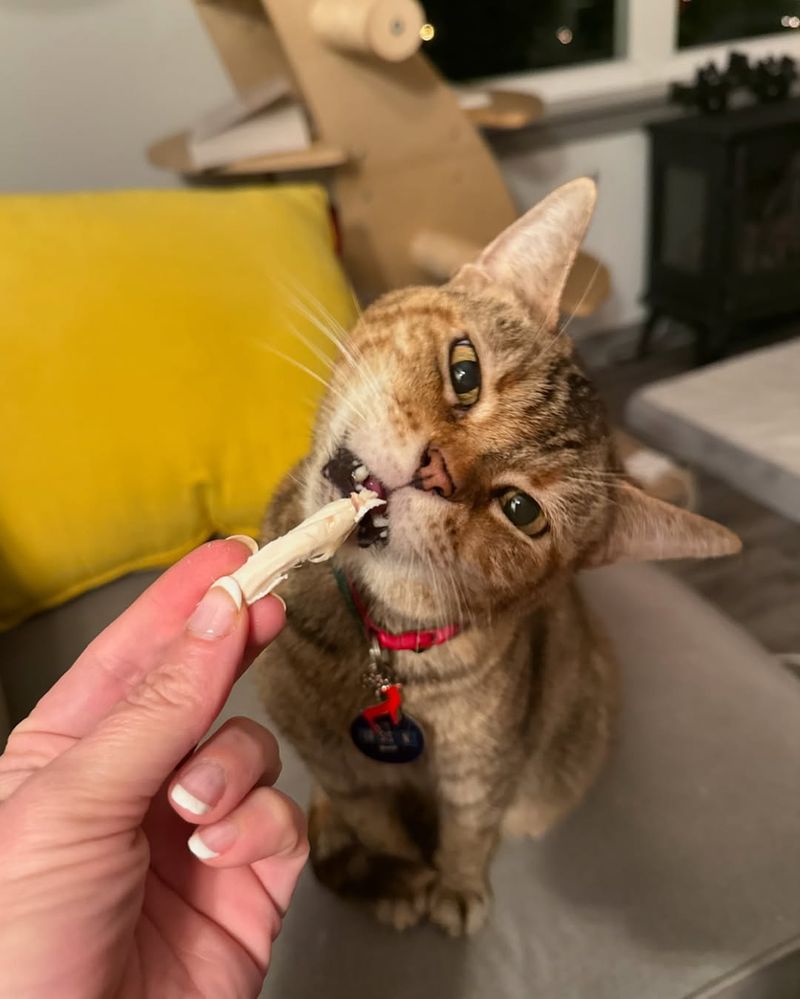📖 Table of Content:
- 1. Petting for Too Long
- 2. Certain Scents
- 3. Sudden Movements or Loud Noises
- 4. Another Cat’s Scent on You
- 5. Redirected Aggression
- 6. Being Touched in Certain Spots
- 7. A Change in Routine
- 8. A New Person or Stranger in the Home
- 9. Illness or Pain
- 10. Lack of Personal Space
- 11. Overexcitement During Playtime
- 12. Eye Contact (Especially with Strangers)
- 13. Punishment or Yelling
- 14. A Dirty Litter Box
- 15. Hunger or Delayed Meal Times
Understanding what causes your sweet feline to turn into a tiny terror can help protect both your sanity and your skin. Cats are complex creatures with instincts that sometimes seem unpredictable. When aggression strikes unexpectedly, it can leave you confused and even a little scratched up.
Since cats communicate in subtle ways, their sudden outbursts often stem from triggers you might not notice right away. Whether it’s overstimulation, an unfamiliar scent, or a change in routine, even small disruptions can spark a feisty reaction. Recognizing these hidden causes can help you prevent conflicts before they happen.
By learning what sets your cat off, you can create a more peaceful environment for both of you. Understanding their behaviors allows you to respond with patience rather than frustration.
1. Petting for Too Long
Petting for too long can lead to overstimulation, causing your cat to react with a sudden bite or swat. This behavior is often unexpected, as your cat might seem content before suddenly turning aggressive. Pay attention to signs of irritation, like tail flicking or ears flattening, to avoid this situation. Give your feline friend a break to prevent pushing them past their comfort zone. Understanding your cat’s body language is key to maintaining a harmonious relationship.
2. Certain Scents
Cats possess incredibly sensitive noses, making certain odors particularly offensive to them. Strong scents like citrus, vinegar, or essential oils can irritate their senses, leading to an aggressive response. If your cat suddenly acts out, consider whether a strong smell might be to blame. Keep such scents out of areas your cat frequents to avoid causing them distress. This will help maintain a calm and friendly environment for your pet. Remember that what smells pleasant to you might be overwhelming for your cat, so use scented products sparingly.
3. Sudden Movements or Loud Noises
As they are creatures of habit, they can be easily startled by unexpected movements or loud noises. A sudden bang, a dropped item, or fast hand gestures can cause your cat to lash out in fear. To prevent this, move calmly and avoid making abrupt noises around your cat. If they do get startled, give them time to calm down in a quiet space. Understanding your cat’s need for a predictable environment can reduce stress-induced aggression. Create a peaceful home atmosphere to support your cat’s natural inclination for calmness.
4. Another Cat’s Scent on You
The scent of another cat on you can trigger aggressive behavior. If you’ve been around another feline, your cat might perceive this as an intrusion into their territory. To mitigate this, wash your hands and change clothes before interacting with your cat after encountering others. This helps minimize the perceived threat and keeps your cat feeling secure. Maintaining a routine of neutral scents ensures your cat remains calm and content in their environment.
5. Redirected Aggression
Redirected aggression occurs when a cat is upset by something they can’t reach, often resulting in them lashing out at nearby humans. For example, an outdoor animal seen through a window can trigger this behavior. To manage it, identify and remove the source of frustration whenever possible. Providing distractions, such as toys, can help redirect their energy positively. Understanding this type of aggression allows you to better support your cat during stressful situations, ensuring they feel safe and reducing their likelihood of acting out.
6. Being Touched in Certain Spots
Some areas are completely off-limits. Common sensitive spots include the belly, paws, and base of the tail. Touching these areas can provoke a defensive reaction, such as biting or swatting. Always approach your cat with respect for their boundaries. Taking the time to learn and honor their preferences fosters trust and reduces the likelihood of aggressive responses. Giving your cat the option to initiate contact can also contribute to a more comfortable interaction for both of you.
7. A Change in Routine
Cats thrive on predictability, and sudden changes to their routine can cause anxiety. Alterations like moving furniture, introducing a new pet, or changing feeding schedules can lead to aggressive behavior. To ease the transition, introduce changes gradually and maintain as much of their existing routine as possible. Providing familiar scents and objects can also help comfort your cat during these changes. Keeping an eye on your cat’s stress levels and making adjustments as needed ensures they feel secure and minimizes the chance of them acting out.
8. A New Person or Stranger in the Home
Introducing a new person or stranger into your home can be unsettling for your cat, triggering territorial behavior. They may act aggressively as they attempt to assert dominance or protect their space. To ease tensions, allow your cat to approach new people at their own pace. Giving them a safe space to retreat can help them feel more secure. Encouraging visitors to offer treats or engage in play can also facilitate positive associations with the newcomer, making the transition smoother.
9. Illness or Pain
Undiagnosed health issues can cause your cat to become irritable and aggressive. Conditions such as arthritis, dental pain, or urinary infections might make them lash out unexpectedly. If your cat’s behavior changes suddenly, consult a veterinarian to rule out medical problems. Early detection and treatment can alleviate discomfort, helping your cat return to their usual self. By monitoring their health closely, you can ensure they remain happy and less prone to aggression.
10. Lack of Personal Space
Just like humans, cats need their personal space. Feeling trapped or crowded can cause stress, leading them to react aggressively. Ensure your home provides various retreat spots where your cat can relax undisturbed. By respecting their need for space, you foster an environment where they feel safe and secure. Incorporating vertical spaces like shelves or cat trees can also offer additional areas for them to escape to. Such considerations help maintain a peaceful coexistence with your feline companion.
11. Overexcitement During Playtime
Playtime is essential for your cat’s well-being, but overexcitement can sometimes lead to aggression. Fast-moving toys or rough play may overstimulate your cat, transforming playful antics into aggressive behavior. Monitoring play sessions and recognizing signs of overexcitement can prevent issues. Opt for calming toys or interactive play that allows for controlled energy release. Ensuring a balanced playtime routine helps maintain your cat’s happiness while avoiding unintended aggression.
12. Eye Contact (Especially with Strangers)
Direct eye contact can be perceived as a threat or challenge to a cat, especially from strangers. This might provoke them to assert dominance or defend themselves. Encourage visitors to avoid prolonged eye contact with your cat to prevent aggressive responses. Instead, let your cat approach on their own terms, ensuring a more comfortable interaction. Helping others understand cat body language fosters a more harmonious environment for everyone involved.
13. Punishment or Yelling
Cats do not respond well to scolding or punishment, which can lead to fear-based aggression. Raising your voice or physically disciplining them might cause your cat to lash out. Instead, focus on positive reinforcement to encourage desired behavior. Rewarding good actions helps create a trusting bond between you and your cat. Understanding their natural instincts and working with them, rather than against, promotes a peaceful and cooperative relationship.
14. A Dirty Litter Box
Cats are fastidious creatures, and a dirty litter box can lead to frustration and stress. An unclean box might prompt your cat to act out aggressively due to the discomfort. Keeping the litter box clean and regularly changing the litter helps maintain a stress-free environment for your cat. Providing multiple boxes in a multi-cat household ensures each cat has access to a clean space. Attending to this basic need supports their well-being and reduces the risk of aggression.
15. Hunger or Delayed Meal Times
Hunger can make cats irritable, turning them into tiny terrors if their feeding schedule is disrupted. Ensuring consistent meal times prevents this type of aggression. Providing nutrient-rich food and scheduled feeding helps maintain their mood. If you’re unable to feed them at the usual time, automatic feeders can ensure they receive meals on schedule. Understanding and respecting their dietary needs supports a balanced and happy feline friend. Keeping their feeding routine consistent is key to preventing hunger-induced aggression.

